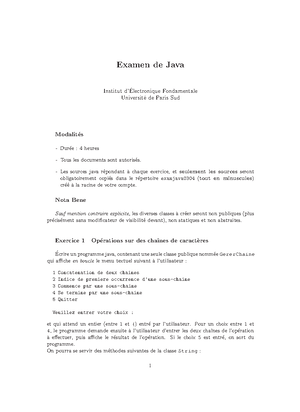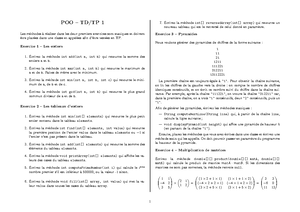- Information
- AI Chat
Was this document helpful?
Abstraction in Object-Oriented Programming: Concepts and Implementation
Course: Programmation Orientee Objets (Java)
80 Documents
Students shared 80 documents in this course
University: Université Moulay Ismaïl
Was this document helpful?

“Abstraction in OOP”
Abstraction is a key concept in object-oriented programming
that refers to the ability to represent complex systems in a
simplified and understandable manner. It involves breaking
down a system into smaller, more manageable units, and hiding
the implementation details from the user. Abstraction is
essential for developing maintainable, scalable, and reusable
software systems, and is one of the four main principles of
object-oriented programming, along with encapsulation,
inheritance, and polymorphism.
Students also viewed
Related documents
- Cours Java chap-03
- The Importance of Encapsulation in Object-Oriented Programming
- 10 - Object-Oriented Programming (OOP) is a programming paradigm that is based on
- Understanding Inheritance in Object-Oriented Programming
- The Power of Polymorphism in Object-Oriented Programming
- Java - les concepts de la POO






